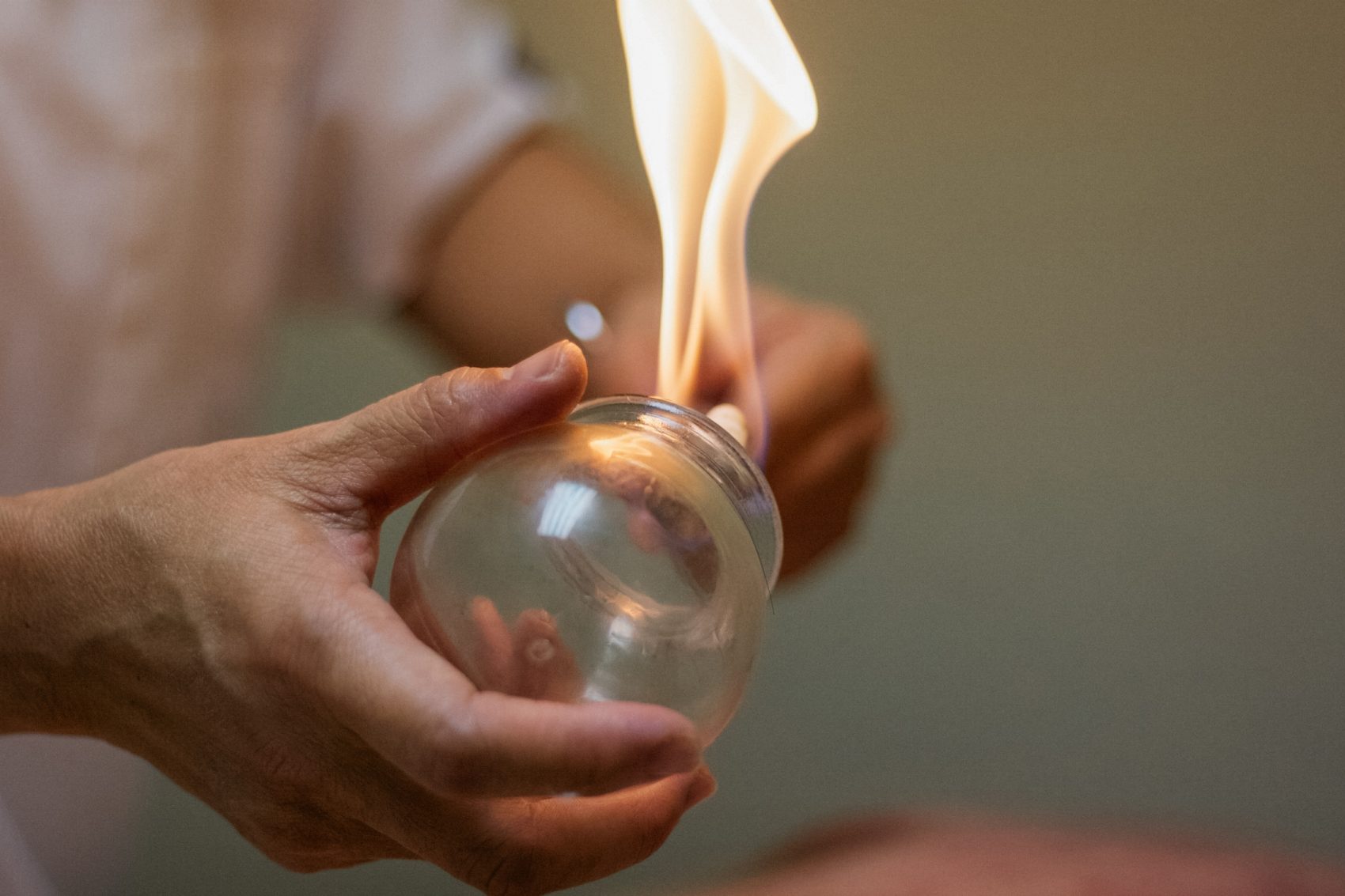5 Traditional Chinese Medicine (TCM) practices to try

Traditional Chinese Medicine, or TCM, refers to a range of therapies developed in China more than 2,000 years ago. It’s a fundamentally holistic approach to health, viewing the mind, body and spirit as interconnected elements, while also considering things like the climate and your emotional status.
The overall goal of TCM is to maintain balance, improve circulation and boost energy to ensure good overall health and prevent illness. Here are five popular treatments to try.
Acupuncture
What is it? According to Traditional Chinese Medicine, qi (life force) runs along meridian lines in the body. If any of these pathways become blocked it can manifest in mental or physical health problems. Acupuncture is used to strengthen the body’s qi and restore the energy flow by inserting small needles at specific points.
What happens? Tiny needles are placed in the body at specific points. You likely won’t feel anything, although it may ache when the correct depth is reached. Your practitioner may gently manipulate the needles with movement, heat or an electric current to facilitate the treatment.
What does it do? It is used as a form of pain relief, to destress and promote overall wellbeing. In Korea, facial acupuncture has become a hot new trend to lessen wrinkles.
Cupping
What is it? Headlines seem to emerge in the West whenever a celebrity is spotted with strange circular marks on their back, but in Asia, the aftermath of a cupping session is no rare sight. The heat and suction therapy is another TCM method to invigorate the flow of qi.
What happens? In dry cupping, your practitioner will warm the air in a cup before placing it upside down on your skin. As the air cools, it creates a vacuum that causes your skin to lift and redden as blood vessels expand. A typical session will last for around 20 minutes.
What does it do? The purported benefits of cupping range from localised pain relief to muscle relaxation, improving blood flow, reducing inflammation, removing toxins and boosting immunity.
Moxibustion
What is it? A form of heat therapy from the burning of mugwort leaves. Most TCM clinics will perform annual moxibustion as a general preventative treatment.
What happens? Your practitioner will ignite one end of a moxa cone, made of dried mugwort leaves, and place it close-to or onto your body (or atop an acupuncture needle if combining treatments) so the heat can transfer to the body and improve qi flow.
What does it do? Moxibustion is used to treat aches and pains, digestive problems and improve immunity. It is believed to be particularly effective to help with chronic diseases such as asthma, bronchitis and nasal allergies.
Tui na massage
What is it? Tui na is one of the oldest forms of massage. It draws from the same Traditional Chinese Medicine principles as acupuncture: establishing a more harmonious qi by applying pressure to specific points and stimulating self-healing.
What happens? As with all TCM practices, the precise administration of the treatment is unique to the patient. Common sessions include the rolling method, to target soft tissue and relieve joint or muscle sprains; and the one-finger pushing method, to stimulate acupuncture points. Some chiropractic techniques can also be involved.
What does it do? Tui na massage is said to be effective for localised pain such as back pain, muscle aches or myofascial discomfort. It can also reduce stress and improve sleep.
Chinese herbal medicines/nutrition
What is it? Chinese herbal medicines are often plant-based, though some mineral and animal products can also be used. The intention is not to “fix a symptom” but to balance the environment that caused the symptoms.
What happens? A consultation with a TCM practitioner is usually extensive. Be prepared for an intimate tongue examination and a detailed health history. After a full assessment, your TCM doctor will work out the best combination of ingredients.
What does it do? Specific ingredients are tailored to each individual. For example, antiviral properties are found in both cinnamon and peppermint, but the heat from cinnamon might be inappropriate for someone going through menopause, while the cooling properties of peppermint might not suit an older person.
Hero image: Cigna
More inspiration
- China – the Chinese Mainland, Hong Kong SAR, Macao SAR and Taiwan Region
- Hong Kong SAR - English
- Chinese Mainland (China) - English
- Taiwan China - English
- 香港特別行政區 - 繁體中文
- 中国內地 - 简体中文
- 中國台灣 - 繁體中文
- Africa
- South Africa - English
- Asia
- Bangladesh - English
- Korea - English
- Singapore - English
- Cambodia - English
- 한국 - 한국어
- Sri Lanka - English
- India - English
- Malaysia - English
- Thailand - English
- Indonesia - English
- Maldives - English
- ประเทศไทย - ภาษาไทย
- Indonesia - Bahasa Indonesia
- Myanmar - English
- Vietnam - English
- Japan - English
- Nepal - English
- Việt Nam - tiếng Việt
- 日本 - 日本語
- Philippines - English
- Australasia
- Australia - English
- New Zealand - English





.renditionimage.450.450.jpg)

